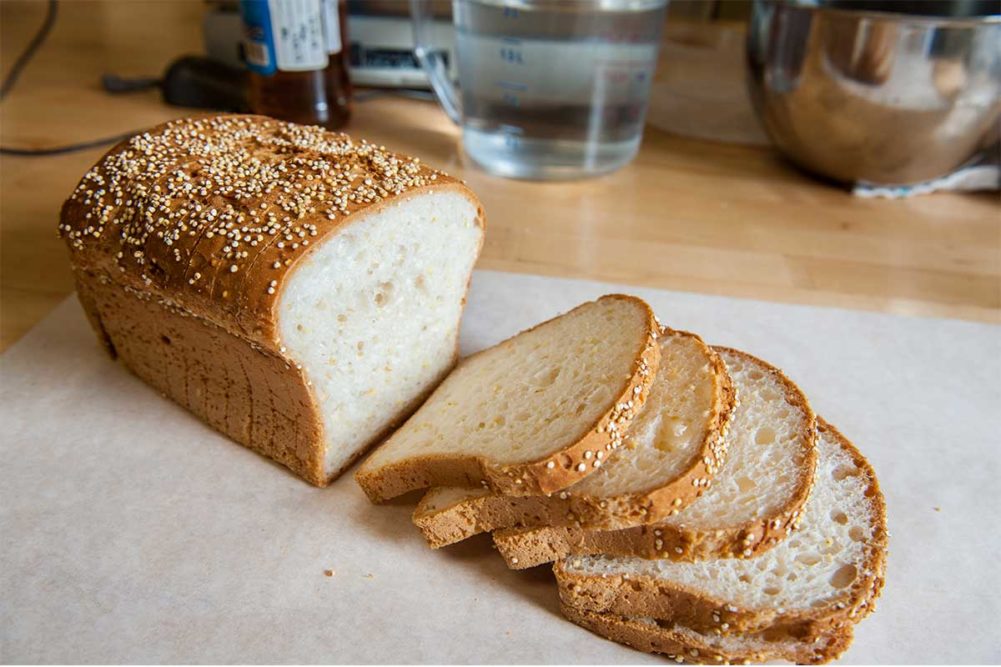Bakers may use many different ingredients to elevate the protein content of their products. Each of these proteins, many of them plant-based, have different characteristics that will affect water absorption.
“Some, like corn protein, take on lots of water but don’t hold it,” said Tim Christensen, certified master baker, Cargill. “Others, like soy protein, will absorb lots of water and retain it.”
Rice, pea and potato protein all absorb less water, he continued, but potato protein will hinder gluten development. Whey protein plasticizes, but other issues can arise as it can harden product during shelf life.
These differences can even exist within the same source of protein but in different formats. Mr. Christensen pointed to pea flour, pea protein concentrate and pea protein isolate. Different protein content causes these ingredients to respond to water differently despite all being derived from peas.
More broadly, pulse and legume flours hydrate very slowly, while soy, legume and pulse protein isolates and concentrates do so quickly. These fast-hydrating protein ingredients can interfere with the gluten development critical to products like bread.
“It’s important during the mixing process to have plenty of water available for the gluten to hydrate and develop,” said Mike Wolt, senior R&D adviser, Ardent Mills.
On the other hand, breads made with wheat and pulse flour might require slow-speed mixing time before a shorter high-speed mixing time to make up for the slow hydration of the pulse flour.
Anticipating how a protein is going to interact with the free water in a specific formulation is critical for determining how to advance with the formulation and processing parameters. Formulators can also use this knowledge to choose proteins that resolve absorption issues.
“A protein that binds water can help with moisture retention and maintaining texture throughout shelf life,” said Brook Carson, vice president, Manildra Group USA. “However, protein with high absorption can change the identity of some baked goods. The absorption of the protein should balance with the level of absorption in the product.”
If formulators are struggling to find the right protein for the product’s needs, blending proteins can ease some absorption challenges. Relying on one type of protein can limit the level bakers can achieve before the product quality takes a hit, not just to absorption but also taste.
“Too much of one protein will create too much of a problem that cannot be overcome,” said Jeff Hodges, bakery scientist, ADM. “Different proteins mean different absorption rates, flavor, color and texture, so blending addresses those problems. If you use one protein, you might come out with a dough that is unmanageable, but if you use a blend, maybe nothing has to be changed to get the dough through the process.”
The secret to this decision is carefully selecting proteins that will complement and balance each other out.
“Using more than one protein is often key, countering high-absorbing or binding proteins with low-absorption or plasticizing proteins,” Mr. Christensen explained.
Above all, it’s critical that the protein is hydrated properly. Without optimal hydration, Ms. Carson said, bakers can see negative impacts to shelf life or unwanted firming in the finished product.
This article is an excerpt from the February 2021 issue of Baking & Snack. To read the entire feature on protein, click here.






